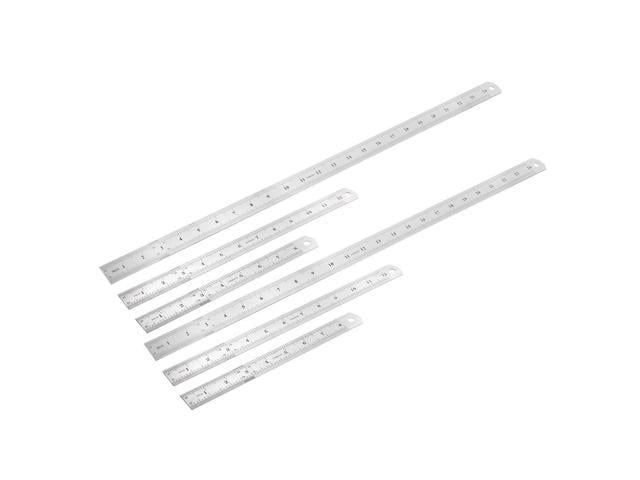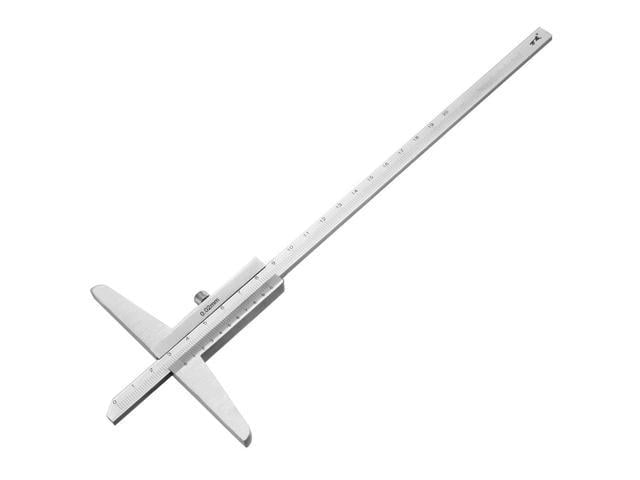Excerpt from The Woman’s World, 1890
The colours resemble dyes rather than anything else, and are used in a series of washes, instead of being laid on so carefully, and with so much delicate manage ment, as in most styles of painting. In olden times the canvas required sizing before the paint was applied, and it is supposed that in the Rheims tapestries white of egg was used for this purpose. In these days the process is a far simpler one, and the colours are specially mixed, so that no medium is needed. The brushes difi’er little from those used in painting with oils, except that short, round, hog’s-hair brushes are convenient for large surfaces upon which the colour has to be scrubbed rather than laid, ordinary sable pencils being more suitable for the finer portions of the work. The canvas is to be obtained in several different widths, and with ribs of varying coarse ness, according to the particular style of tapestry that is to be reproduced. The tints also vary from white to buff, one shade of which is so dark as to be almost brown. The width varies also from three to ten feet, according to the purpose for which it is required. It will be found by a beginner that canvas of a medium degree of coarse ness is the most pleasant to work upon. The finer involves more tedious labour in touching up and finish ing, while the coarser needs a more thorough saturation with the dyes ’than an inexperienced worker is likely to be able to apply. Should the copying of any special piece of real tapestry be an object, care must be taken to count the number of ribs in an inch of the original, and then to choose the canvas for the painting to cor respond.
About the Publisher
Forgotten Books publishes hundreds of thousands of rare and classic books. Find more at www.forgottenbooks.com
This book is a reproduction of an important historical work. Forgotten Books uses state-of-the-art technology to digitally reconstruct the work, preserving the original format whilst repairing imperfections present in the aged copy. In rare cases, an imperfection in the original, such as a blemish or missing page, may be replicated in our edition. We do, however, repair the vast majority of imperfections successfully; any imperfections that remain are intentionally left to preserve the state of such historical works.















